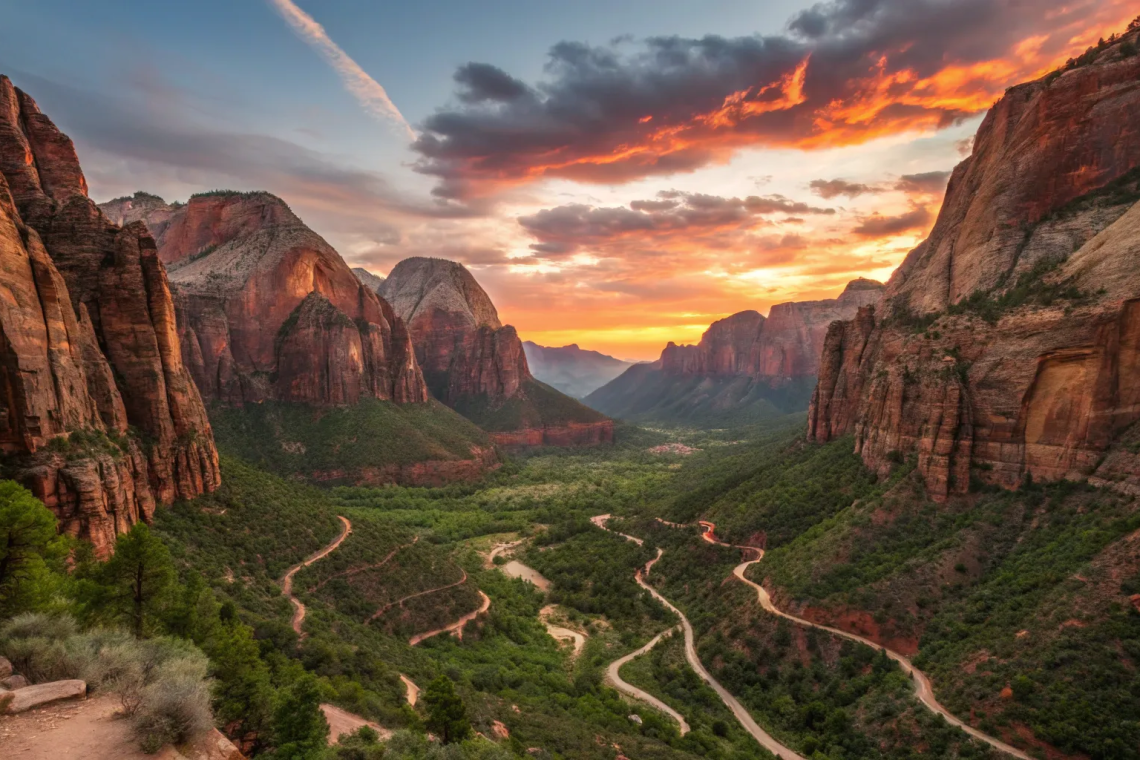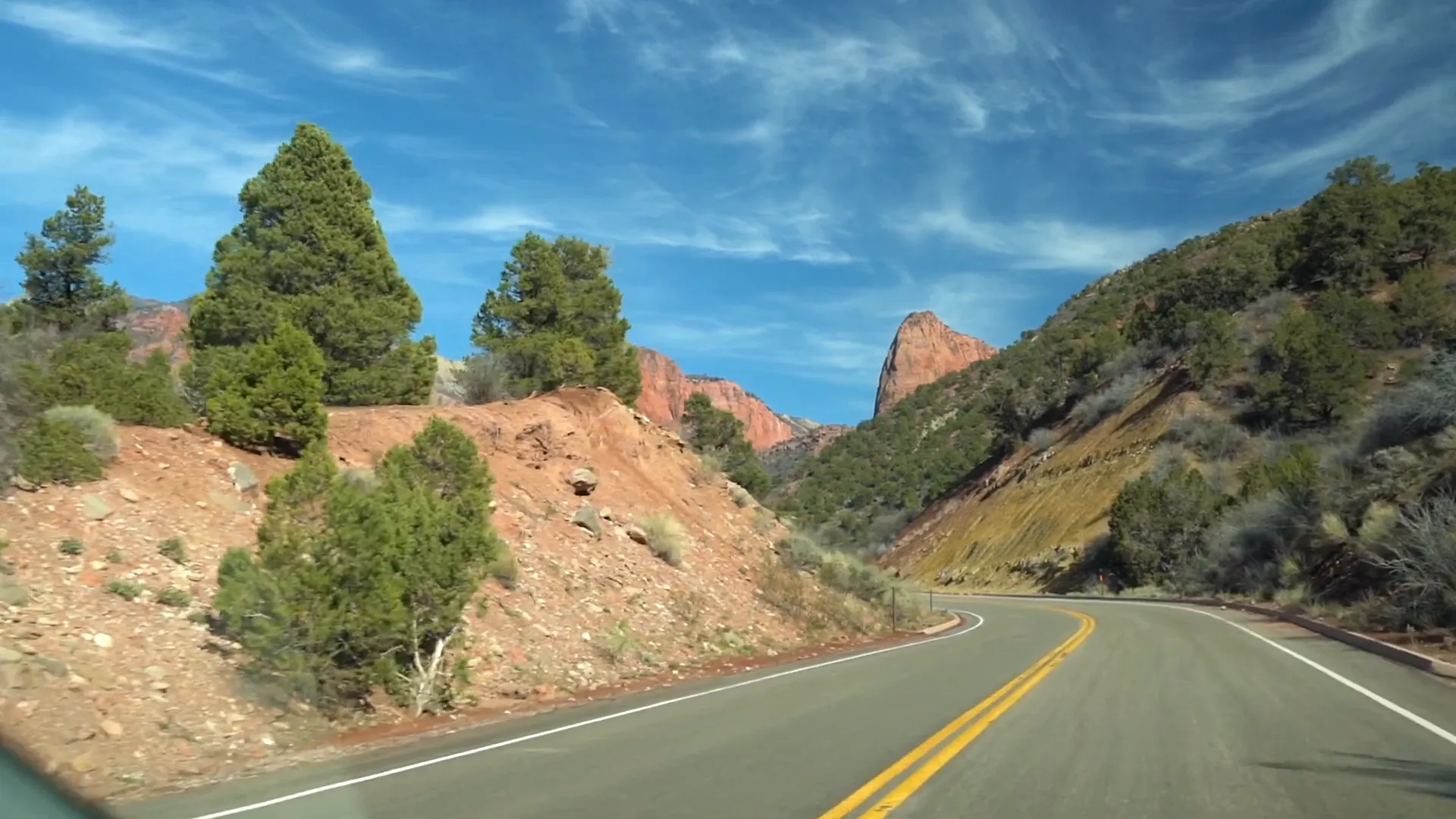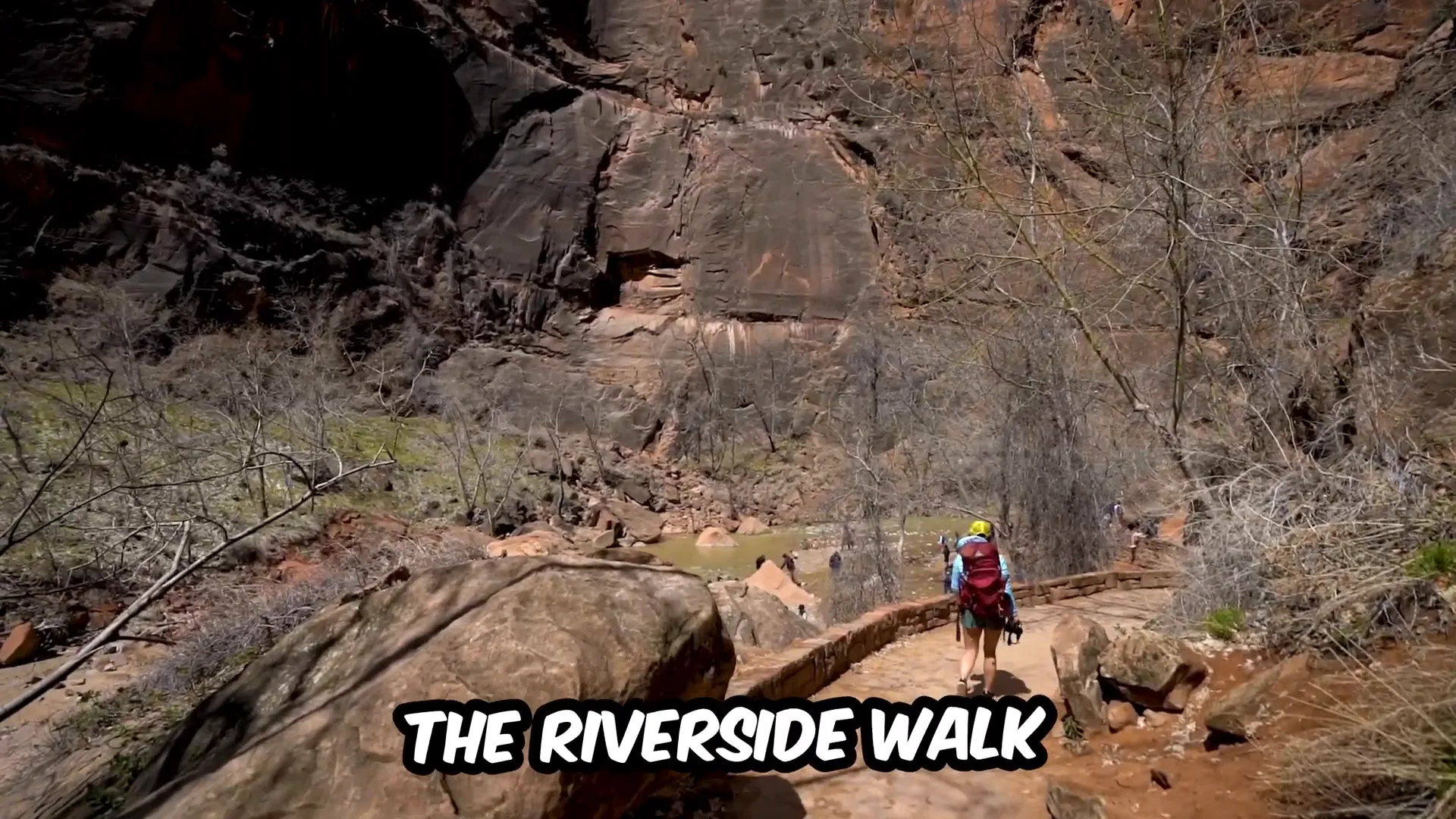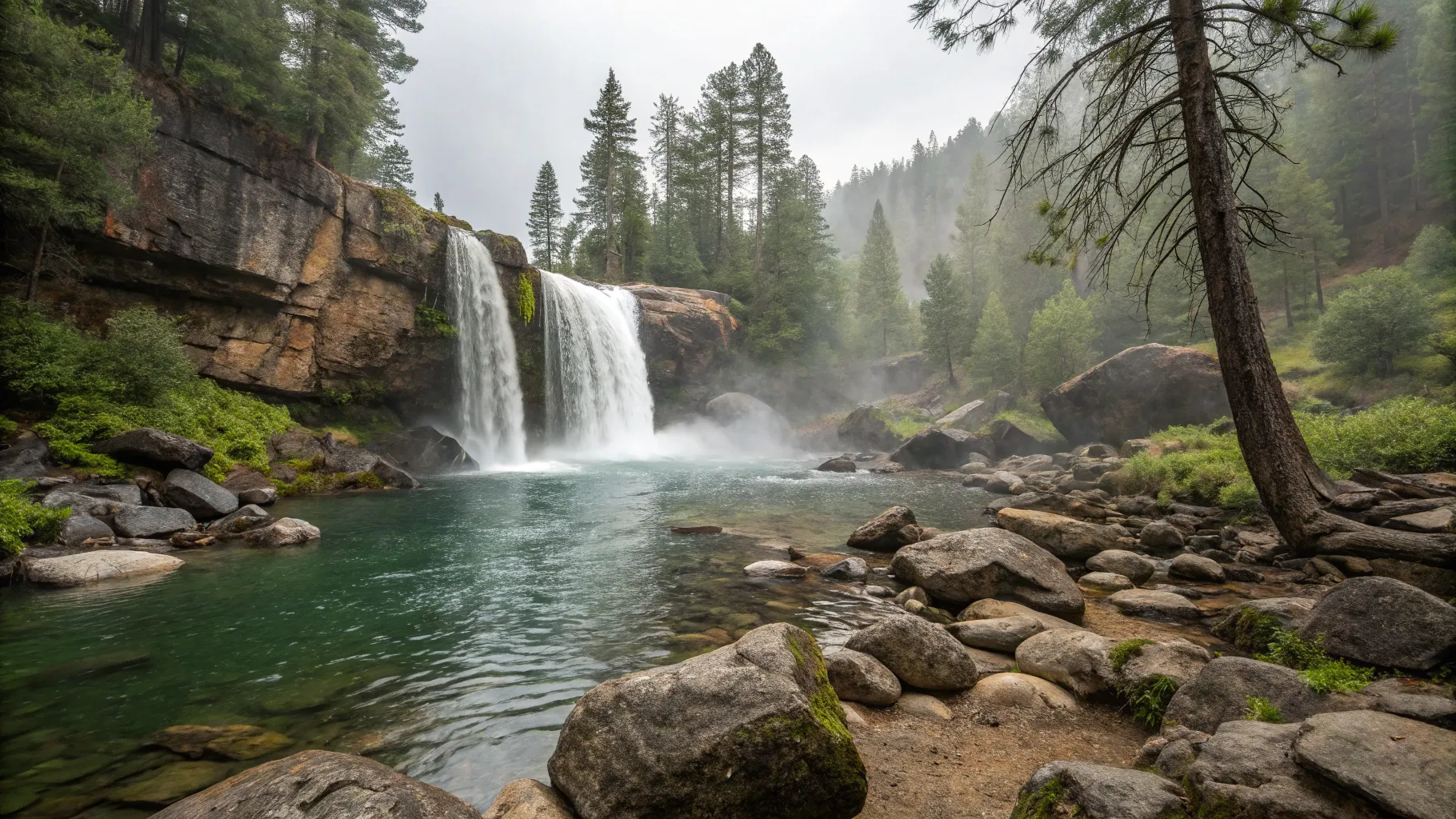Zion Shuttle Guide: When to Ride, When to Drive & Parking Hacks
- December 15, 2025
- Uncategorized
Southern Utah’s red rock country draws millions every year, and Zion National Park is the crown jewel. The park’s narrow, dramatic canyon... Read More

Zion National Park is a breathtaking destination that beckons adventurers with its stunning red cliffs, majestic canyons, and scenic vistas. This comprehensive guide offers everything a traveler needs to make the most of a 72-hour trip, from essential tips to must-see hikes and local accommodations.
Zion National Park, often referred to as a crown jewel of America’s national parks, offers an awe-inspiring landscape that captivates visitors with its towering red cliffs, stunning canyons, and scenic vistas. Nestled in the southwestern corner of Utah, this park is a haven for adventurers, photographers, and nature lovers alike. With an array of outdoor activities ranging from challenging hikes to serene walks, Zion provides a perfect backdrop for creating unforgettable memories.
The park’s unique geology, characterized by its dramatic rock formations and diverse ecosystems, showcases nature’s artistry. From the iconic Angels Landing to the tranquil Narrows, every corner of Zion invites exploration and appreciation. Visitors to this enchanting destination will find endless opportunities for adventure amid some of the most breathtaking scenery in the United States.
Before embarking on a journey to Zion National Park, there are a few essential notes every visitor should consider:
Traveling to Zion National Park can be an adventure in itself. For those flying, the nearest major airport is McCarran International Airport in Las Vegas, located approximately two and a half hours from the park. Renting a car upon arrival is highly recommended, as it offers the flexibility needed to explore the park and its surroundings fully.
Alternatively, St. George Regional Airport is closer, although flight options may be limited and pricier. For visitors within driving distance, a road trip provides an excellent opportunity to explore other parks within Utah’s Mighty 5, making the journey even more rewarding.
Upon arrival, the most popular entrance to Zion is the South Entrance, conveniently located near the town of Springdale. Due to limited parking, it is advisable to arrive early to secure a spot, especially during busy periods.
Zion National Park operates a shuttle system that is essential for accessing the main canyon during peak season, typically from February to November. Personal vehicles are not allowed beyond Canyon Junction during this period, making the shuttle the best option for getting around.
The shuttle is free and operates frequently, but visitors should be prepared for potential wait times during busy hours. It’s important to plan your day around the shuttle schedule to maximize your time exploring the park’s stunning trails and viewpoints.

Visitors to Zion National Park have several accommodation options to consider, depending on their preferences and budget:

Zion National Park is not only a destination for seasoned hikers but also offers family-friendly and accessible options for visitors of all ages. Here are some highlights:

Upon arrival in Zion National Park, visitors should aim to maximize their first day. Assuming they land around 10:00 a.m., they can check into their accommodations later, allowing for an immediate adventure. The first stop should be the Zion Canyon Visitor Center, where they can gather maps and last-minute information to enhance their experience.
Next, they should hop on the Zion Canyon Shuttle to reach the Riverside Walk. This picturesque trail is a 2-mile roundtrip hike with minimal elevation gain, making it perfect for stretching legs after travel. The paved path follows the Virgin River, providing stunning views and a serene atmosphere. For those feeling adventurous, they can opt to extend their hike into the Narrows, which begins at the Riverside Walk’s end.
After enjoying the Riverside Walk, the next destination should be the Emerald Pools. This moderate hike offers stunning views of cascading waterfalls and unique rock formations. Visitors can choose between a shorter 1.2-mile roundtrip hike to the lower pools or a more challenging 3-mile roundtrip hike to the upper pools. Regardless of the choice, the beauty of the pools is sure to impress.
Once finished with the Emerald Pools, it’s time to return to Springdale for check-in. For dinner, local favorites like Oscar’s Cafe or Zion Pizza & Noodle Company provide delicious options to refuel for the next day.
Day two begins with an early start for the iconic Angels Landing hike. Known for its breathtaking views and challenging terrain, this hike requires a permit obtained through a lottery system. Planning ahead is crucial, as the lottery opens months in advance. Once they secure their permit, they should head to The Grotto shuttle stop early in the morning.
Angels Landing is a strenuous 4.4-mile roundtrip hike with about 1,000 feet of elevation gain. The final stretch features a narrow ridge with chains to assist hikers. It’s not for the faint-hearted, but the rewarding views at the summit are well worth the effort.

After conquering Angels Landing, visitors should take some time to relax and recharge. In the afternoon, they can enjoy a leisurely drive along the Zion-Mount Carmel Highway, stopping at the Zion Canyon Overlook Trail for a short but rewarding hike. This one-mile roundtrip hike, with a 200-foot elevation gain, offers panoramic views that rival those of Angels Landing, making it a perfect alternative for those without a permit.
For a unique experience, renting e-bikes in Springdale is also an option for exploring the park. This allows for a fun and different perspective on the stunning landscapes.
On the final day, visitors should start with a quick stop at the Court of the Patriarchs, just a few hundred feet from shuttle stop 4. This scenic viewpoint is a great way to kick off the day with stunning views of the towering cliffs.
Next, they should venture to the lesser-known Lower Pine Creek Waterfall. This easy hike, just under a mile roundtrip, is accessible by car and offers a tranquil setting surrounded by massive canyon walls. The waterfall may be small, but its beauty and serenity make it a hidden gem worth visiting.

Another option for adventure is the Petroglyph Pools. While this hike requires some navigation skills, it rewards hikers with intriguing rock art and unique landscapes. Alternatively, visitors can opt for a scenic drive to Kolob Canyons, located on the northwest side of the park. This area is often less crowded and showcases stunning views and hiking opportunities just as captivating as the main park area.
With its breathtaking landscapes and diverse hiking trails, Zion National Park is a destination that offers something for every adventurer. From iconic hikes like Angels Landing to serene walks along the Riverside Walk, visitors can create unforgettable memories during their 72-hour stay. Whether they seek thrilling adventures or peaceful moments in nature, Zion delivers an experience that resonates long after the journey ends.
For more information on accommodations and activities, visitors can explore the range of vacation rentals available at Stay Copper Rock.
Join The Discussion